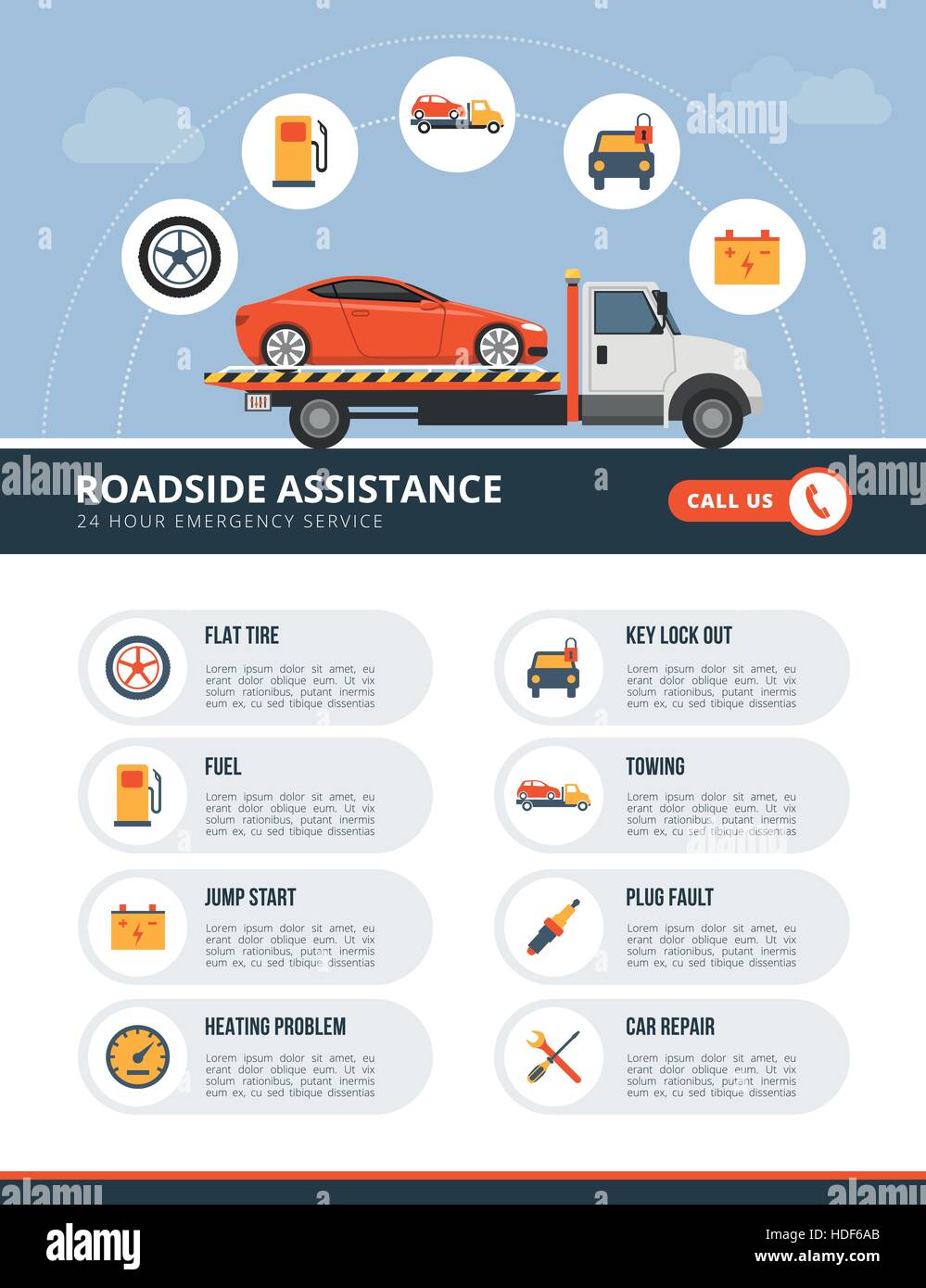Analyzing Your Auto'S Warning Indicators: What They Actually Share
Analyzing Your Auto'S Warning Indicators: What They Actually Share
Blog Article
Content Author-Vinson Dalgaard
When you lag the wheel, those beautiful warning lights on your dashboard can be a little bit perplexing. Do you recognize what they're attempting to tell you regarding your automobile's health? Comprehending the relevance of these lights is important for your safety and security and the longevity of your lorry. So, the following time among those lights pops up, would not you want to analyze its message precisely and take the required actions to resolve it?
Common Warning Lights and Interpretations
Determine typical warning lights in your auto and recognize their definitions to make certain risk-free driving.
One of the most regular warning lights include the check engine light, which signifies issues with the engine or emissions system. If this light comes on, it's crucial to have your lorry inspected promptly.
The oil stress advising light shows low oil stress, needing instant attention to avoid engine damages.
A blinking battery light could recommend a damaged billing system, potentially leaving you stranded if not attended to.
The tire stress monitoring system (TPMS) light informs you to reduced tire pressure, influencing vehicle security and gas efficiency. Neglecting this might lead to hazardous driving conditions.
The abdominal light indicates a problem with the anti-lock stopping system, jeopardizing your capacity to stop swiftly in emergency situations.
Lastly, the coolant temperature level cautioning light warns of engine overheating, which can result in extreme damage if not resolved promptly.
Recognizing autodetailingnewzealand will certainly aid you attend to problems promptly and maintain risk-free driving problems.
Value of Prompt Interest
Understanding the typical caution lights in your car is only the initial step; the relevance of quickly addressing these warnings can not be stressed enough to ensure your safety on the road.
When a caution light illuminates on your dashboard, it's your auto's method of communicating a prospective issue that requires focus. Neglecting these cautions can result in a lot more serious issues in the future, endangering your safety and possibly costing you a lot more out of commission.
Prompt interest to cautioning lights can avoid breakdowns and accidents. As an example, a blinking check engine light might show a misfire that, if left ignored, might create damages to the catalytic converter. Addressing this promptly can save you from a costly repair.
In a similar way, a brake system warning light might signal low brake fluid or used brake pads, essential elements for your security when driving.
Do It Yourself Troubleshooting Tips
If you discover a warning light on your dashboard, there are a few DIY repairing tips you can try prior to looking for professional help.
The primary step is to consult your car's manual to comprehend what the details warning light indicates. Occasionally the concern can be as straightforward as a loose gas cap activating the check engine light. Tightening the gas cap may solve the issue.
An additional usual problem is a low battery, which can cause numerous advising lights. Checking use this link for rust and guaranteeing they're safe may repair the problem.
If a warning light persists, you can attempt resetting it by disconnecting the cars and truck's battery for a few mins and then reconnecting it. Additionally, examining your automobile's fluid degrees, such as oil, coolant, and brake fluid, can help fix advising lights associated with these systems.
Conclusion
To conclude, understanding your auto's caution lights is necessary for maintaining your car running smoothly and safely. By quickly dealing with these notifies and knowing what they imply, you can prevent pricey repair work and prospective break downs.
Keep in mind to consult your automobile's guidebook for specific information on each alerting light and do something about it appropriately to ensure a trouble-free driving experience.
Keep educated, remain risk-free when traveling!
